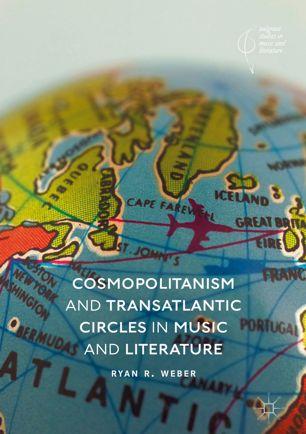

Most ebook files are in PDF format, so you can easily read them using various software such as Foxit Reader or directly on the Google Chrome browser.
Some ebook files are released by publishers in other formats such as .awz, .mobi, .epub, .fb2, etc. You may need to install specific software to read these formats on mobile/PC, such as Calibre.
Please read the tutorial at this link: https://ebookbell.com/faq
We offer FREE conversion to the popular formats you request; however, this may take some time. Therefore, right after payment, please email us, and we will try to provide the service as quickly as possible.
For some exceptional file formats or broken links (if any), please refrain from opening any disputes. Instead, email us first, and we will try to assist within a maximum of 6 hours.
EbookBell Team

4.3
48 reviewsCosmopolitanism and Transatlantic Circles in Music and Literature traces the transatlantic networks that were constructed between a select group of composers, including Edvard Grieg, Edward MacDowell, and Percy Grainger, and the writers with whom they shared cosmopolitan affinities, including Arne Garborg, Hamlin Garland, Madison Grant, and Lathrop Stoddard. Each overlapping case study surveys the diachronic transmission of cosmopolitanism as well as the synchronic practices that animated these modernist ideas. Instead of taking a strictly chronological approach to organization, each chapter offers an examination of the different layers of identity that expanded and contracted in relation to a mutual interest in Nordic culture. From the burgeoning “universal” ambitions around 1900 to the darker racialized discourse of the 1920s, this study offers a critical analysis of both the idea and practice of cosmopolitanism in order to expose its common foundations as well as the limits of its application.